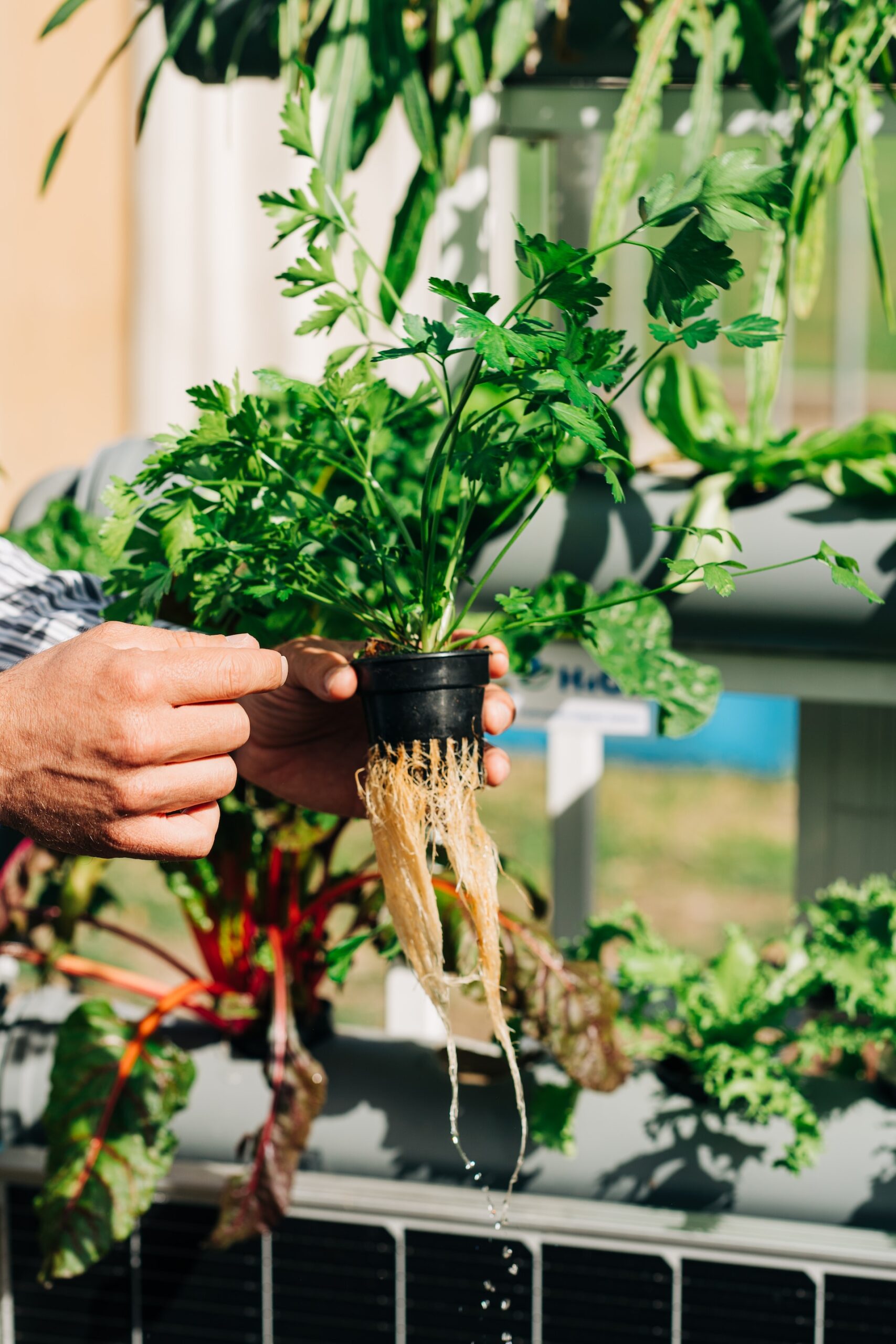Understanding the Concept of Organic in Hydroponics
So, let’s start with a real down-to-earth concept – organic hydroponics. Yeah, it might seem like contrasting terms tossed together. You’re used to hearing about organic as it applies to soil-based farming, right? Well, in hydroponics, organic can have a different meaning.
Famed for the absence of soil, hydroponics primarily leverages nutrient-enriched water to grow plants. Now, these nutrients, most of the times, are mineral salts, devoid of any natural or biologic origins. However, turning hydroponics organic implies switching those to organic proteins, plant extracts, and trace elements, quite similar to how it works in conventional organic farming.
Essentially, going organic in hydroponics is all about shunning synthetic fertilizers and embracing natural alternatives. It’s about trying to replicate the organic nutrient cycling that happens in soil but in water. Quite a challenge, wouldn’t you agree?
The Feasibility of Organic NFT Hydroponics
Okay, now let’s examine if organic NFT hydroponics is a practical proposition or just a fanciful dream. Well, I’m pleased to tell you, it’s possible, with a few caveats of course.
NFT or Nutrient Film Technique is one of the simplest methods of hydroponic gardening. It allows a thin film of nutrient-rich solution to flowing over the root systems of plants. As the nutrient solution is aerated, the roots have ample access to both nutrients and oxygen.
However, transforming it into an organic system does present a few challenges. The first hurdle is finding organic nutrients that dissolve entirely in water. Going organic also makes it harder to balance pH, and organic nutrients can even clog the NFT system. It could be a bit like navigating whitewater rapids – thrilling, but requires a skillful hand.
Steps Towards Achieving Organic NFT Hydroponics
Feeling undeterred by the challenges? Perfect. Let’s march onto the steps involved in setting up an organic NFT system.
Start by sourcing water-soluble organic nutrients. You can either buy them ready-made or prepare your own concoctions using substances like fish emulsion, worm casting tea, or seaweed extracts. Then, frequently check the pH value and adjust as necessary – the optimal value is usually around 5.8 to 6.3. This might feel more like a chemistry experiment at first, but soon, you’ll get the hang of it.
Don’t forget to keep your NFT system clean, as organic nutrients have a higher tendency to clog the channels. Regular flushing out of channels will be your best defense against this issue. Look at it as a healthy workout routine for your hydroponic system!
The Advantages and Disadvantages of Organic NFT Hydroponics
Before you dive headfirst into organic NFT hydroponics, it’s wise to consider both its perks and pitfalls. Because hey, every rose has its thorns, right?
When done right, organic NFT hydroponics offers a plethora of benefits. It can result in healthier and more resilient plants – just like nature intended. Plus, it’s more sustainable and encourages the presence of beneficial microorganisms, adding a natural touch to an otherwise synthetic setup.
But then, the downsides – remember the clogging issue and the pH balancing act? Yup, those are part and parcel of the organic way. Additionally, you may also face slower plant growth initially, as creating an efficient organic nutrient cycling can take time.
In the end, it’s all about weighing up the pros and cons and deciding whether the journey to organic NFT hydroponics feels right for you. Like in every gardening endeavor, it’s your patience, skill and love for plants that can turn the tides in your favor.

